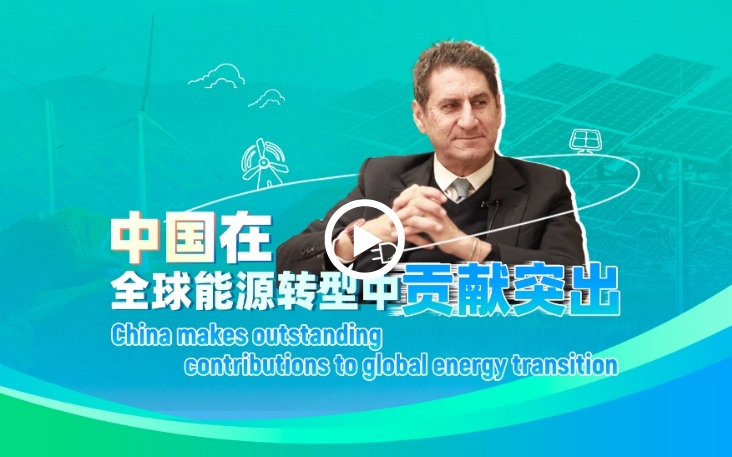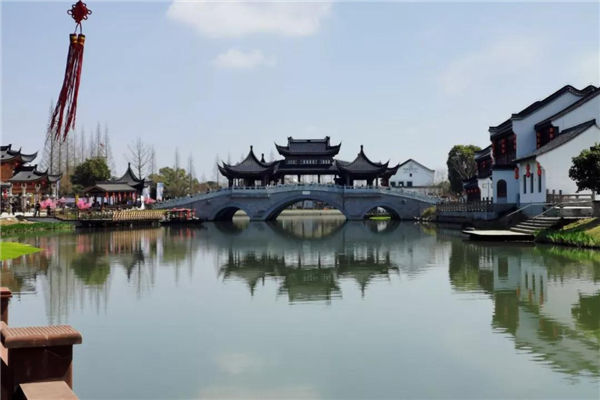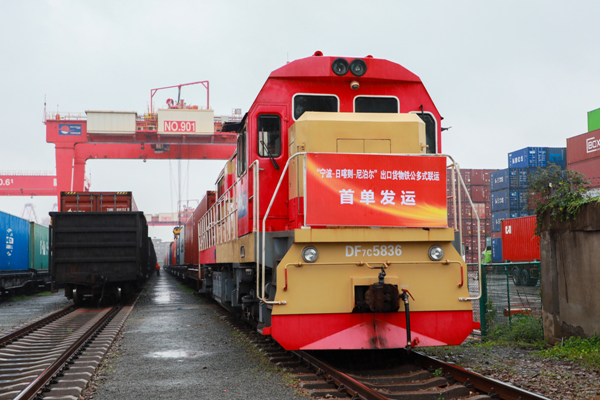Western China can benefit from low-carbon transition

A herder and cattle pass in front of wind turbines in a power generating field in Qiaojia county, Zhaotong, Yunnan province, Feb 27, 2022. The field started operation in 2014 and boasts 127 wind turbines. [Photo by ZHANG GUANGYU/FOR CHINA DAILY]
Region boasts rich renewable energy resources and carbon sink capacity
China's low-carbon transition offers huge opportunities to address the gap in economic development between eastern and western parts of the country, a national political adviser said.
Boasting rich renewable energy resources and carbon sink capacity, western China can play an important role as the country forges ahead with its climate targets, said Shen Nanpeng, a member of the 13th National Committee of the Chinese People's Political Consultative Conference.
But unleashing this potential needs support at the national level and enhanced cross-regional collaboration, he said while addressing the second plenary meeting of the committee's fifth session on March 7.
China aims to reach peak carbon dioxide emissions before 2030 and realize carbon neutrality before 2060.
"When China goes carbon neutral in 2060, the proportion of non-fossil power generation will experience a significant increase," said Shen, who is also founding and managing partner of Sequoia Capital China.
"Wind, solar and hydro power in western China is expected to play a huge role in the process."
There is a huge expectation that the western region can sell its green power to gain economic benefits. At present, however, resources in the west have yet to be adequately transformed into economic advantages, he said, as the amount of green power that is transmitted out of the region remains small.
He called for efforts at both national and regional levels to address the problem.
The country should beef up efforts to construct west-east power transmission channels to pave the way for large-scale clean power development in the west and its long-distance transportation, he said.
He said the eastern region should steadily increase the proportion of renewable energy in its energy consumption mix, which will help establish a long-term cross-regional cooperation mechanism that features a stable clean energy supply from the west and stable consumption in the east.
With its technological and capital advantages, Shen said eastern China can offer support to the west's development of ultrahigh-voltage power transmission and power storage technology, as well as promote flexibility of the grid and its peak-regulation capability.
Power storage technology is key in developing renewable energy as it can help address intermittent supplies.
He said the western region can enlarge its supply of land for wind and solar power development to make the best use of its renewable energy resources.
Shen also called for measures that could see the western region benefit economically from the capacity of its forests, grasslands, lakes and wetlands to absorb carbon.
He suggested figuring out the carbon sink capacity of western China so that the government can come up with a mechanism to make sure the region benefits from that capacity.
Another viable way to make the region benefit is to include its carbon sink programs in the nation's carbon trading market, he said.
However, Shen warned that the western region should be cautious about accepting smokestack industries such as steel, cement and chemical plants that are being transferred away from the east, which could increase the cost of the region's low-carbon transition.
He advised the western region to make carbon emission per unit of GDP, also known as carbon intensity, a major factor when considering new projects.
The region can develop wind and solar power around new projects to meet their energy demands and help reduce carbon intensity in the region's industrial sector, Shen said.

 China makes outstanding contributions to global energy transition
China makes outstanding contributions to global energy transition  Ningbo village inspires Malawi official
Ningbo village inspires Malawi official  A look at China's economic data in the first three quarters of 2024
A look at China's economic data in the first three quarters of 2024 


